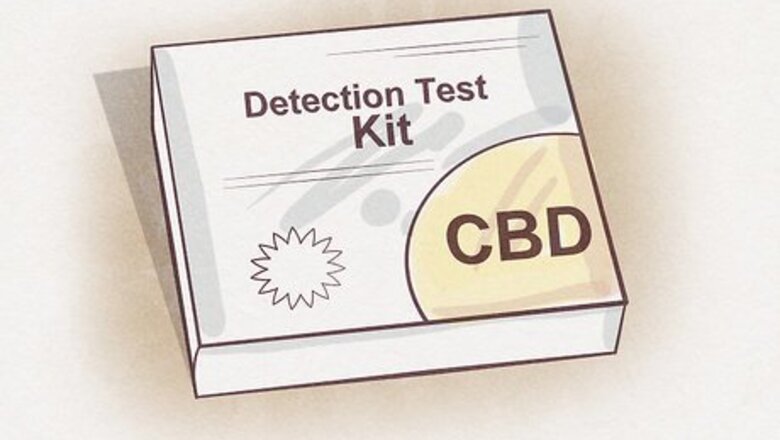
views
Testing THC Levels in Marijuana

Buy a home test kit. There are kits available for detecting the type and concentration of both of the two main compounds (or “cannabinoids”) found in marijuana, THC and CBD. In this case, you’ll want to choose a kit that looks for THC in particular. A combination kit that tests for both THC and CBD will also give you the information you’re looking for, though the results may be slightly more difficult to interpret. You should be able to pick up a cannabinoid test kit at your local clinic or dispensary. If you don’t have one of these places in your area, try looking online. Home test kits typically sell for between $20-100, depending on the level of precision you’re looking for.
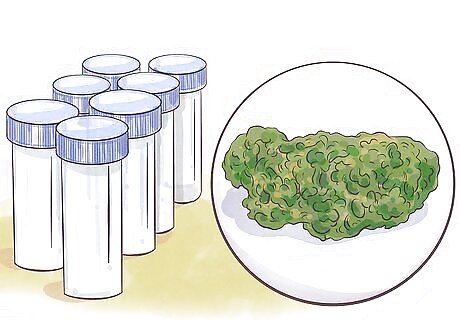
Choose a strain of marijuana for testing. Running a quick test will make it possible to find out approximately how much THC is in the strain you’re using. This can be useful if there was no medicinal information on display when you bought the product, or if you want to verify the contents on your own to determine the best dosage. Only test one type of cannabis at a time. Make sure the strain you’re testing hasn’t been in contact with any other strains—this could throw off your reading. In most places where marijuana is legal, vendors are required by law to provide the cannabinoid content for the strain they sell. However, this is not always the case. Home testing is a good way to learn more about a certain strain before you put it in your body.
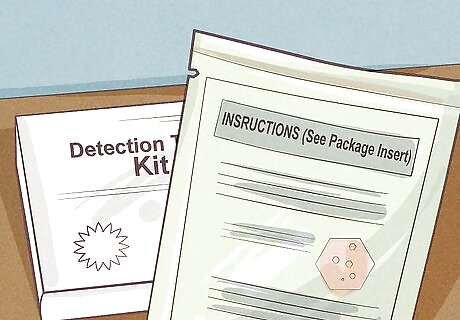
Read through the instructions carefully. Home test kits are relatively simple to use, but they all work a little bit differently. Look over the included instruction booklet or procedural summary on the back of the box to learn exactly how to conduct the test. Otherwise, there’s a chance that the results might not be accurate. Most kits contain multiple tests, which can give you a second chance if you make a mistake the first time around.
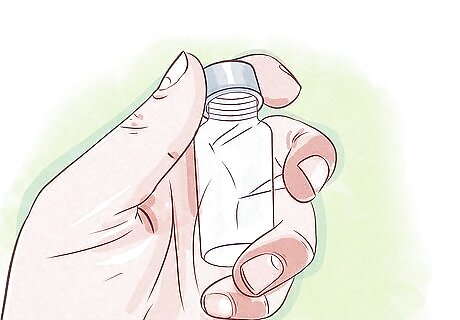
Place a small amount of marijuana in the small test vial. Separate out roughly ⅕ gram and drop it onto the bottom of the vial. It only takes a minimal amount to achieve accurate results. The kit you’re working with should specify the exact amount of cannabis you’ll need to use. Break up large clumps to allow the sample to fit inside the vial and infuse into the testing solution. A pair of tweezers may come in handy for handling tiny test samples.
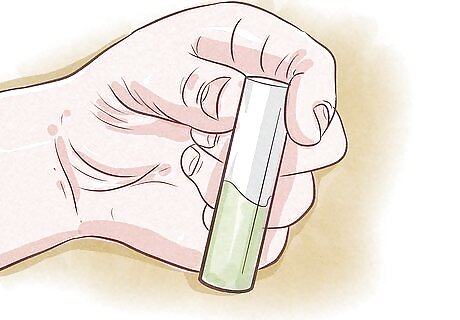
Add the testing solution to the vial. Squeeze a few drops from the bottle of clear solution included with the kit. Use only as much as directed. The solution will act as a solvent to draw out the compounds in the cannabis and make them easier to identify. Basic test kits tend to only call for about 1 ml of fluid, while more sophisticated systems may require as much as 15 ml. If your kit came with more than one testing solution, make sure you add each in the correct proportion.
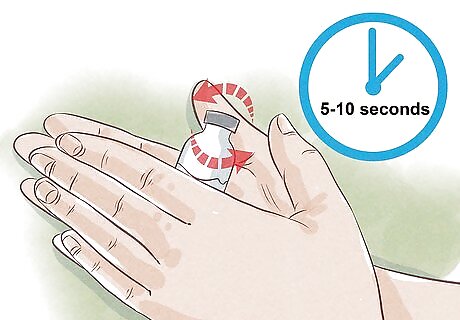
Close and shake the vial. Secure the snap-top lid, double checking that it’s properly sealed. Shake the vial back and forth vigorously for 5-10 seconds, or long enough to partially disintegrate the cannabis sample inside. When you’re done, prop the vial upright against the box or another surface so the sample stays pooled at the bottom. Hold your thumb over the lid of the vial while you shake it to keep it from coming open accidentally.

Transfer the solution to a test slide in slide-based kits. Some home test kits use glass slides rather than vials. Once you’ve dissolved the sample in the testing solution, use the pipette tool to add a drop to a fresh slide. Then, place one end of the slide in a shallow dish filled with the remaining solution. After a few minutes, the solution will slowly wick up the slide, separating the various compounds into distinct, easy-to-read layers. Slide tests are more nuanced and are designed to make the color-coded results easier to interpret. They are often used with combination kits.
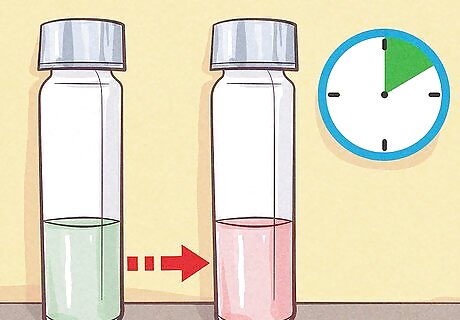
Wait 10 minutes for the sample to react. Set a timer to go off after the exact interval listed in the instructions. As it sits, the solution will gradually begin to change colors. A deeper color means higher levels of a certain cannabinoid. Let the sample sit for the full 10 minutes. If you check it before it’s had enough time to reach its final shade, the resulting reading will be incorrect.

Check the sample against the color chart included with the test kit. The color chart will most often be located on the box or somewhere within the printed instructions. Hold the vial up to the section of the chart it matches most closely. A quick comparison will tell you the approximate concentration of THC in the strain you’re testing. Color charts will usually be labelled to indicate a range of potency rather than an exact percentage. For example, a sample that comes back light blue may contain only 5% THC, while one that’s royal or navy blue might be closer to 20%. If you’re using a slide test, make sure you’re looking at the layer that corresponds to THC to avoid confusing the reading for that of another compound.
Testing THC Levels in the Body
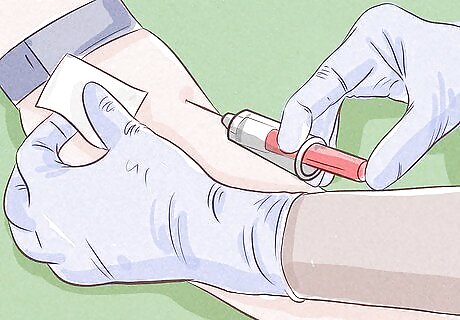
Evaluate your testing options. Blood serums and saliva tests are the most commonly used methods of testing THC levels. Other types of tests, like urine screenings and hair follicle analysis, are considered unreliable because they only indicate that marijuana has been used recently. They may not pick up THC at all after it has passed out of the user's system. Look up drug screening labs in your area to find out if there's somewhere you can go to have a blood or saliva sample taken. If you live in Australia, you might be able to purchase a home saliva-testing kit to check your THC levels.

Perform your tests as soon as possible. There are many factors that determine how long THC will show up in a standard fluid test, including your body composition, blood chemistry, and the type and amount of cannabis you've used. In order to reduce the ambiguity of the results, it's important to run a sample as soon as possible. Depending on how frequently you use marijuana, you may have a few hours to a few days before all detectable traces have disappeared from your system. In most parts of the world where THC is labeled as a controlled substance, the acceptable legal concentration you're looking for is 5 nanograms per milliliter of blood or less. Because of how rapidly THC breaks down in the body, a fresh sample will usually have deteriorated before it can be processed.

Accept the limitations of body-level THC tests. To date, there is no surefire way to detect THC while it's active in the body. It's important to be aware that whatever test you use might not be totally accurate, especially if you're conducting it yourself without the benefit of specialized lab equipment. A rough estimate may be the best you're able to get. It's difficult even for most researchers to interpret the effects and lifespan of THC in the body.

Familiarize yourself with the laws pertaining to marijuana use in your area. Be aware that marijuana can only be obtained legally in places where medicinal or recreational use is allowed. THC in particular is often classified as a controlled substance, which means being caught with it without a permit can get you into serious trouble. Having an understanding of the law will help you stay safe and avoid unfortunate consequences. You could be subjected to a hefty fine or even jail time for the unlawful purchase, possession, or use of marijuana.











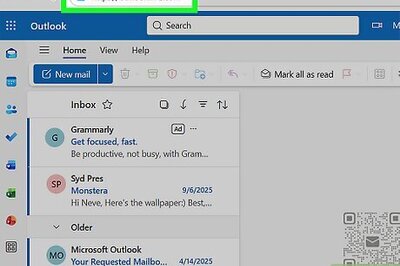




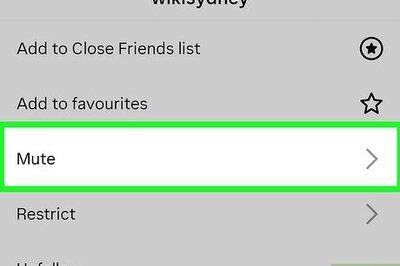
Comments
0 comment